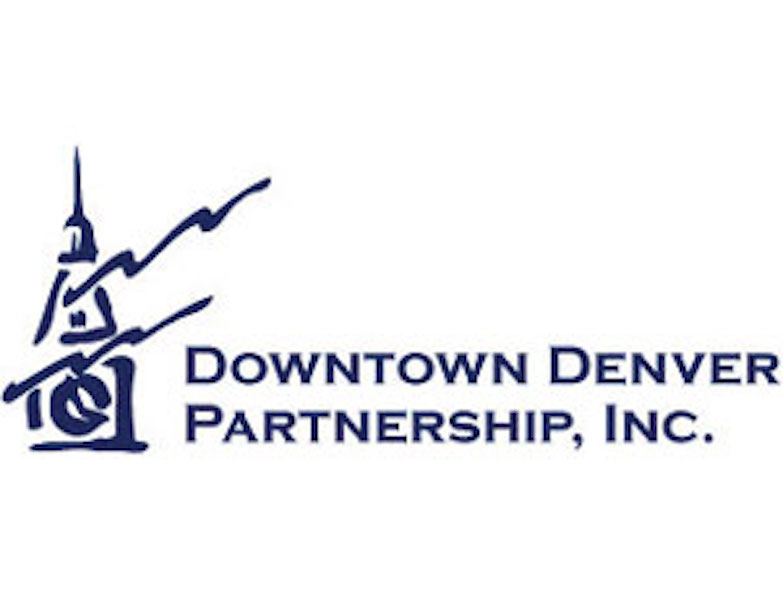DENVER – The Downtown Denver Partnership has released its Center City Housing report, detailing the population growth and number of housing units added or under construction in each of the center city’s 14 neighborhoods since 2010.
The report was released in conjunction with the Partnership’s Center City Housing Forum, which addressed the importance of housing to attract and retain an in-demand workforce. To best address housing affordability challenges for employers, the organization has begun development of an employer-focused Downtown Housing Plan to ensure the center city has the diversity of housing type and affordability necessary to ensure that employers can continue to recruit and retain employees and that businesses and the economy can continue to grow.
“The Downtown Denver Partnership has advanced a variety of solutions to stem the impact of rising housing costs, and we are focused on addressing the need for diversity in housing type and affordability to meet the needs for Downtown’s workforce,” said Tami Door, president and CEO of the Downtown Denver Partnership. “While our residential and employee populations are growing at unprecedented rates, we must ensure companies can continue to attract and retain the employees they need to be successful and affordable housing is a key part of the equation.”
While supply has generally met the increased demand for center city housing, with 10,000 units added since 2010 and another nearly 9,000 under construction, on track to well exceed the 2007 Downtown Area Plan goal of adding 18,000 units of housing by 2027, it has not been enough to keep housing costs affordable for some residents and workers.
The Partnership has led several strategic housing initiatives, including advocating for construction defects reform, working with developers to add a variety of unit types, and endorsing the creation of the first affordable housing fund in the City and County of Denver (City). The Partnership also played a key role in moving the LIVE Denver program forward in partnership with Mayor Michael B. Hancock’s administration, which was outlined by the City’s Office of Housing and Opportunities for People Everywhere (HOPE) Executive Director Erik Soliván at the forum.
“Keeping Denver affordable for working families is critical for Denver’s future,” said Soliván. “Together with the Downtown Denver Partnership, Apartment Association of Metro Denver, foundations and private companies, the LIVE Denver pilot will buy down rents on vacant apartment units and make them affordable for working families.”
A panel discussion, moderated by Amy Hansen, Partnership board member and chair of its Housing Taskforce and shareholder at Polsinelli, featured the perspectives of employers representing key employment demographics and industries who may be impacted by housing affordability that will be specifically addressed by the Partnership’s housing plan. Representatives from DaVita, Denver Health, Sage Hospitality and Vertafore offered diverse perspectives on the opportunities and challenges they face when recruiting new employees.
Other insights from the report and forum include:
- Denver’s center city neighborhoods are home to 79,367 residents and 130,227 employees.
- Since 2010, the center city has added 15,877 new residents and 33,065 new jobs
- Denver is the fourth fastest growing city in the U.S. and the demand to live in the center city is high, with the residential population tripling since 2000.
- Capitol Hill is the most populous center city neighborhood with a population of 17,142 residents.
- The Central Platte Valley neighborhood adjacent to Denver Union Station experienced the highest percentage of population growth since 2010 at 58 percent to total 6,609 residents, followed by the Ballpark neighborhood at 52 percent and the Central Business District at 39 percent.
- The Central Platte Valley neighborhood also added the most new units since 2010, totaling 5,669 units completed or under construction, more than 3,800 more units than the next busiest neighborhood for development, River North.









